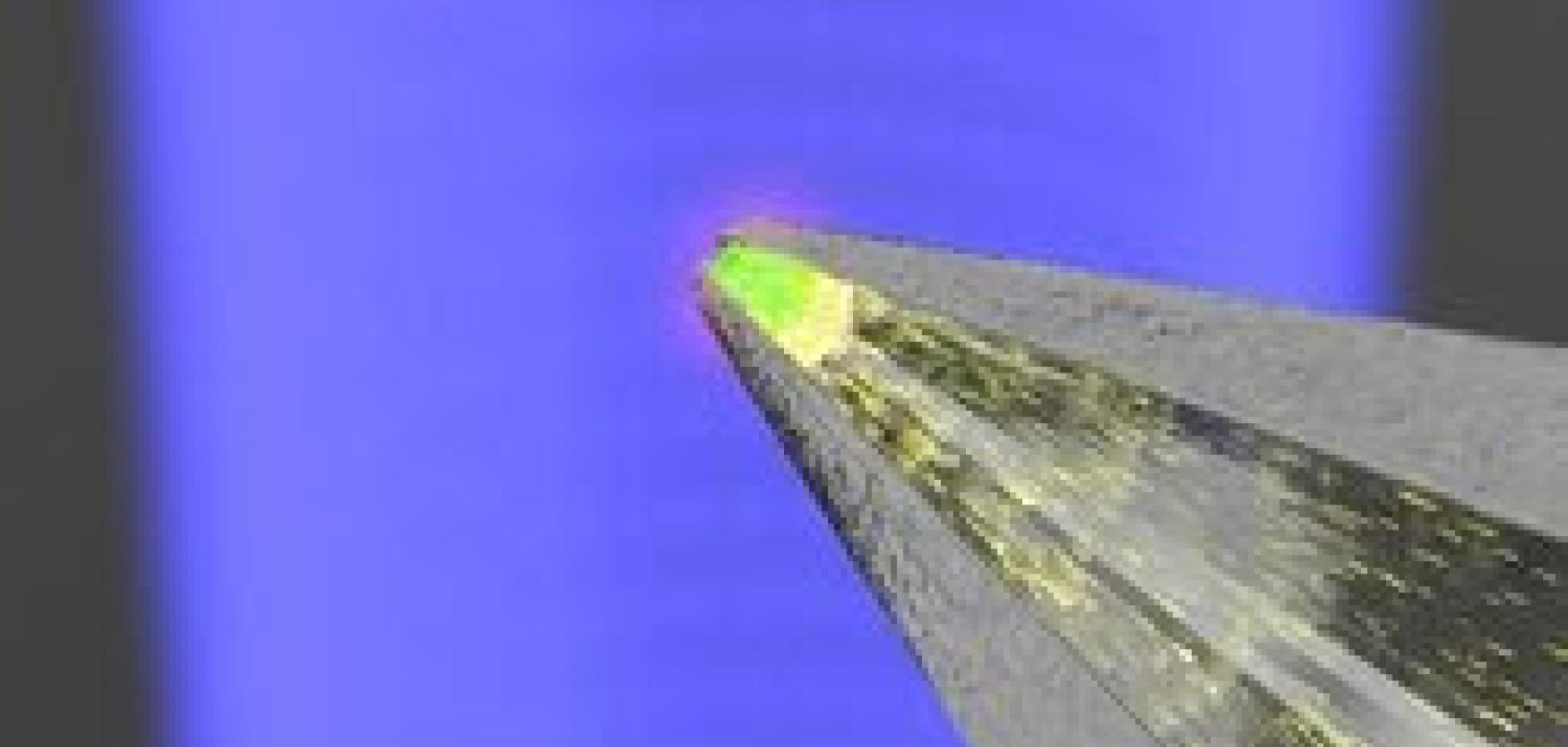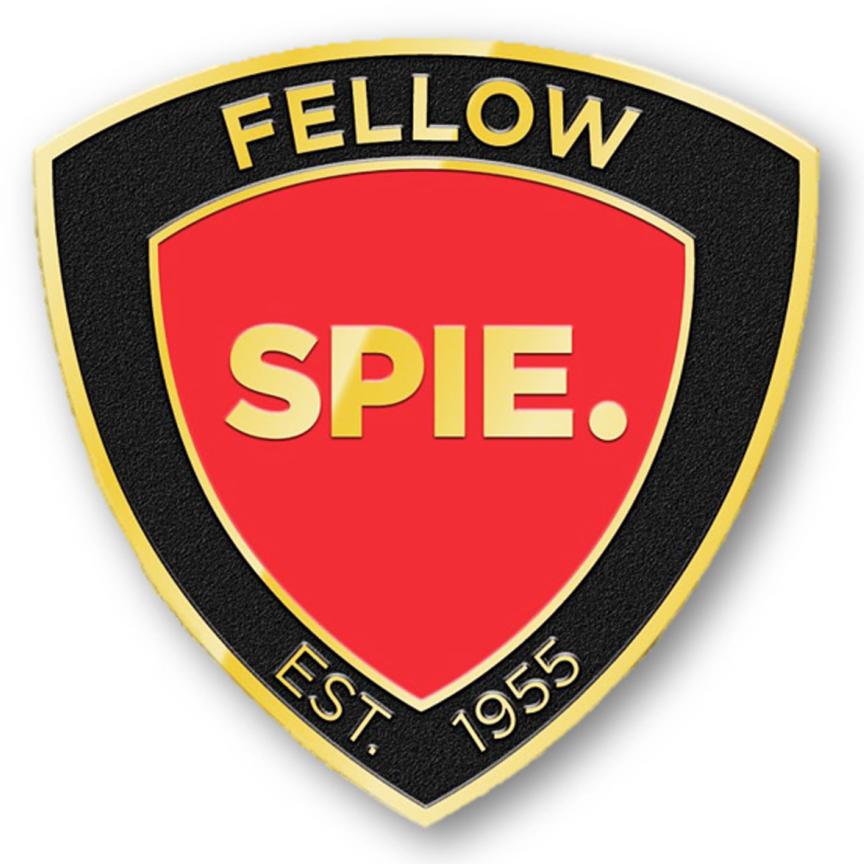Researchers from the Femto-ST Institute in France have developed an X-ray sensor that's small enough to fit inside the end of a micro-optical fibre. The sensor, which has been described in Optics Letters, could be combined with X-ray delivering technologies to enable high-precision endoscopy in medical and therapeutic applications.
To make the X-ray sensor, an optical antenna was used to connect a single mode optical fibre with a tiny cluster of scintillators – detectors that exhibit luminescent properties after absorbing ionising radiation. When light emitted from the scintillators hits the antenna, it is redirected into the fibre towards a remote optical detector.
As descirbed in Optics Letters, the new sensor uses low energy X-rays; however, the same principle could also work with the high-energy X-rays used in medical applications, the researchers said.
‘We want to develop this technology so that it could be used in radiotherapy, for example,’ commented Thierry Grosjean from the Femto-ST Institute. ‘Specifically, the sensor could allow a real-time measurement of how much radiation is being delivered to a tumour via endoscopy.’
From their experiments, the researchers have estimated that the sensor has a spatial resolution in the order of one micron, which they are now working to increase to about 100 nanometres. This improved resolution will allow the device to distinguish chemical components in composite materials by using the fibre tip to conduct low-energy X-ray scanning microscopy.
In addition to expanding the technology to work with high-energy X-rays in medical applications, the researchers are also investigating whether optical antennas could enable faster X-ray detectors. Since the devices have been shown to shorten the time between light absorption and light emission in fluorescence processes, the antennas might also shorten the time between X-ray absorption and light emission within scintillators – thus creating a faster way to detect X-rays.


